Unprocessed water has the potential to contain various pathogenic agents, including protozoa, bacteria, viruses, and certain larvae of parasites like liver flukes and roundworms. Additionally, it may harbor chemical pollutants such as pesticides, heavy metals, and synthetic organics. Various components can impact taste, odor, and aesthetic qualities, such as turbidity from soil or clay, color from humic acid or microscopic algae, and odors from specific types of bacteria like Actinomycetes (which produce geosmin).
Chlorine dioxide water purification drops are also effective in neutralizing metals.
In developed regions, significant pathogens that are commonly present include Giardia, Cryptosporidium (these two are the hardest to kill, but are no problem for chlorine dioxide), Shigella, hepatitis A virus, Escherichia coli, and enterovirus. In less developed countries, there may be additional risks from cholera, dysentery organisms, and a range of tropical endoparasites.
During times of disaster, preparedness is crucial. Communities need to quickly disperse medical teams and equipment, distribute food, and arrange shelters. However, undoubtedly, the most urgent need is access to clean water.
While humans can survive for about a month without food, the timeframe drastically decreases when it comes to our essential need for water. According to Scientific American, going without water for less than a week can be fatal.
The ability to provide clean water during a natural disaster is of utmost importance, and this hinges on having reliable water purification systems in place beforehand.
Guidelines from the Centers for Disease Control and Prevention (CDC) states that during a natural disaster, a minimum of one gallon of water per person or pet is required daily. This requirement increases in warmer weather and for individuals who are pregnant or ill. At the very least, the CDC recommends storing a three-day supply of water per person or pet, though having a two-week supply is ideal.
An alternative to storing large quantities of water is to obtain an emergency water purification solution, such as water purification drops which can be used to make water safe to drink on demand.
Having such a solution can make a life-or-death difference for you, your family, and other community members. Chlorine dioxide water purification drops produce clean, drinkable water from nearly any water source, including rivers, lakes, floodwaters, the ocean, or wells. No special equipment is needed for transportation or installation, as water can be purified on-site.
Water purification drops containing chlorine dioxide are powerful, portable, affordable, and simple to use. They effectively eliminate waterborne microorganisms and toxic chemicals. The efficacy of chlorine dioxide has been proven by water treatment and distribution systems, and its use is widespread in rescue, relief, and religious organizations across Latin America, Africa, the Middle East, and Asia.
Taking responsibility for purifying your drinking water offers significant benefits to you and your family, especially in the face of weather emergencies like severe storms, hurricanes, tornadoes, mudslides, forest fires, and floods. These events often compromise local water supplies, rendering them unsafe to drink.
Chlorine dioxide water purification drops are specifically designed for camping, travel, backpacking, emergencies, and military use. They are incredibly easy to use, making any questionable water safe to drink.
They are capable of removing 99.999% of contaminants found in municipal tap water, including arsenic, aluminum, chlorine, chloramine, chromium, cadmium, iron, lead, VOCs (volatile organic compounds), mercury, and heavy metals.
Compromised water not only has unpleasant smells and tastes but can also carry viruses and bacteria that cause diseases such as dysentery, typhoid, hepatitis, and more. Any water from an uncertain source or quality should be treated before using it for drinking, food preparation, or hygiene.
Water purification drops are specifically designed to purify water from untreated sources such as rivers, lakes, and wells for safe consumption. They primarily aim to eliminate pathogens and often remove suspended solids and certain unpalatable or toxic compounds.
These drops provide an autonomous supply of drinking water for individuals without access to clean water supply services, including those living in developing countries, disaster areas, military personnel, campers, hikers, wilderness workers, and survivalists.
If you are planning a backcountry camping trip, a hiking expedition, or traveling to a location where the safety of tap water is uncertain, it is essential to be prepared. Carry chlorine dioxide water purification drops in a convenient travel pack, with each 2 oz. bottle approved for carry-on or suitable for storage in luggage during airline travel.
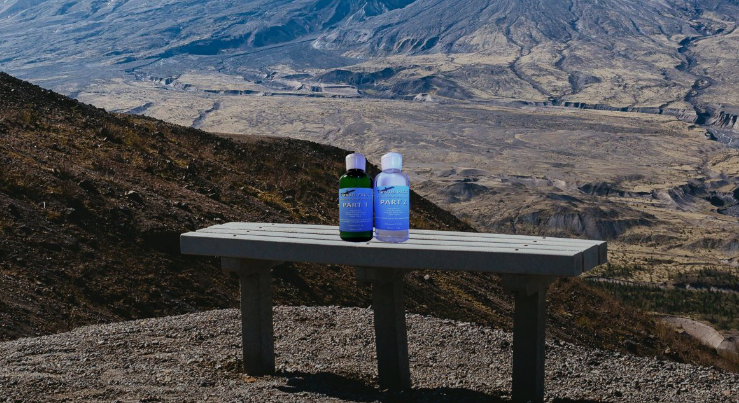
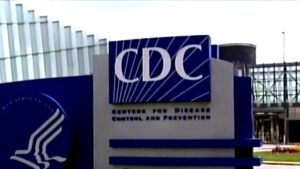
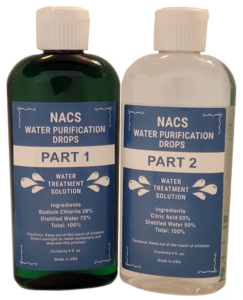
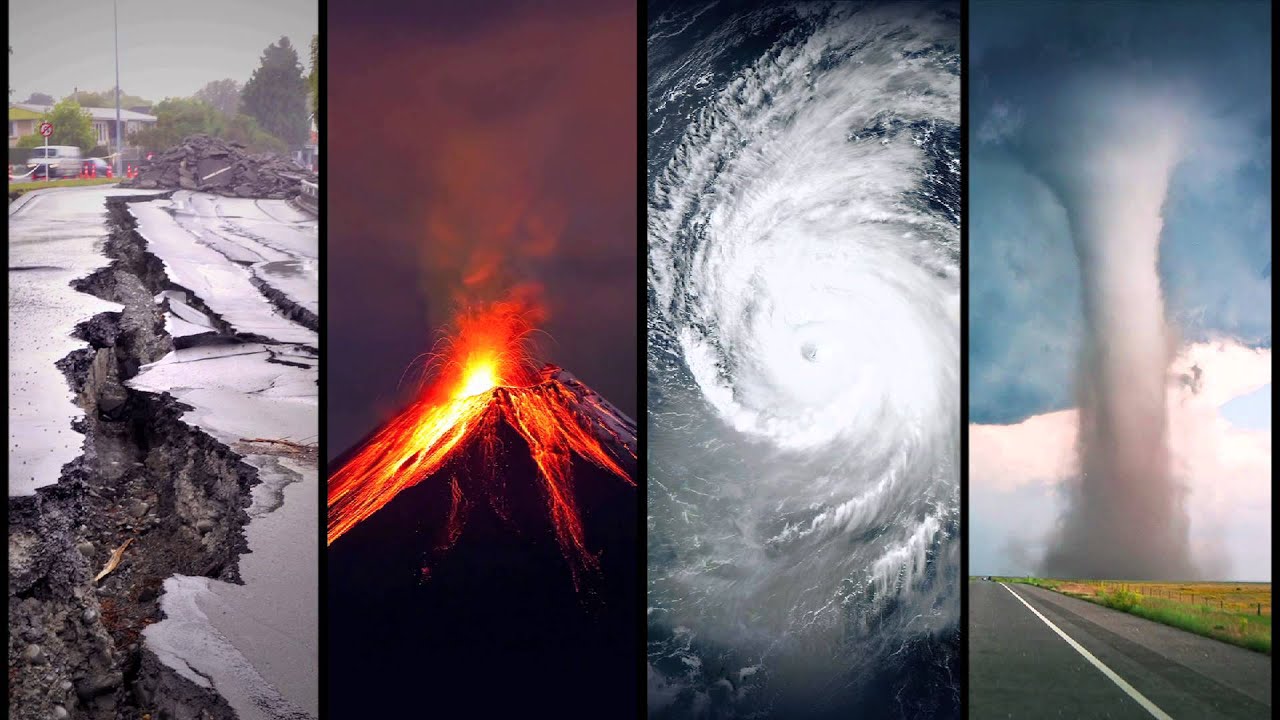
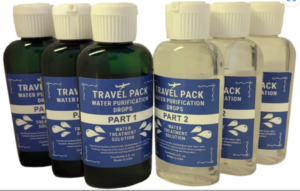
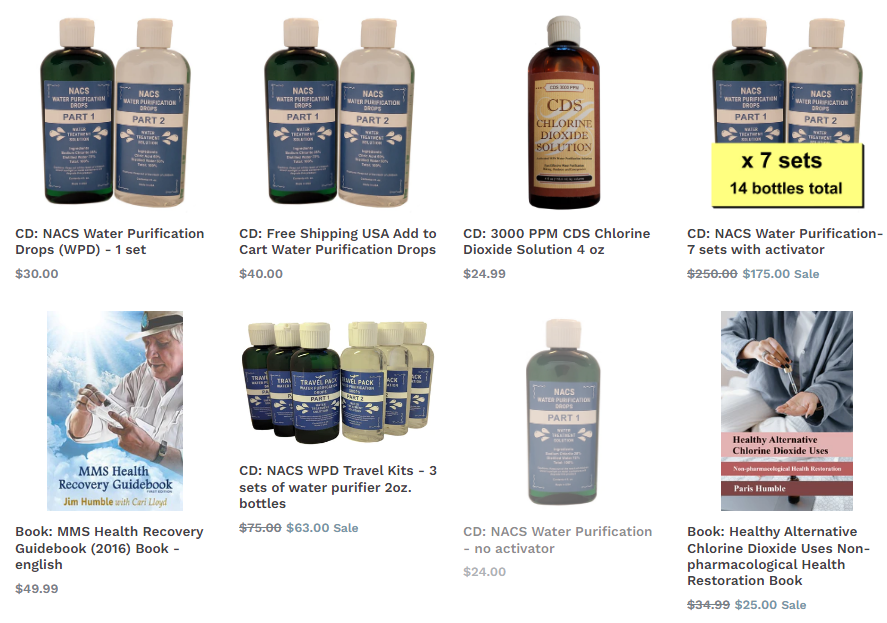
Leave a Reply